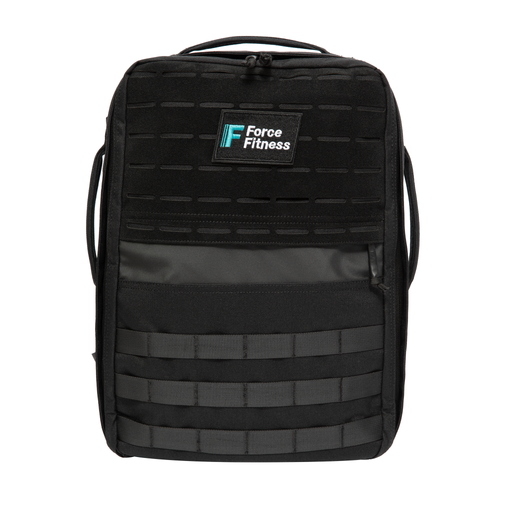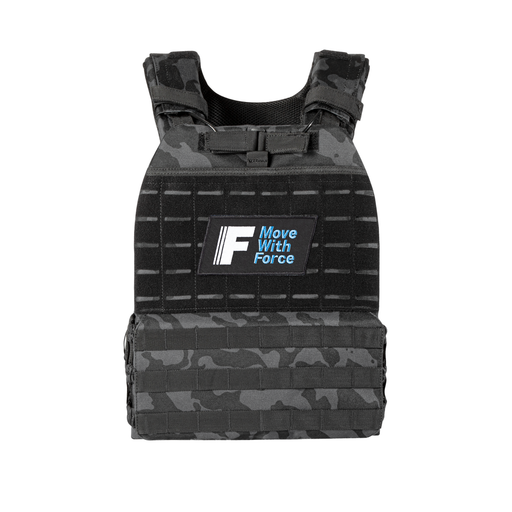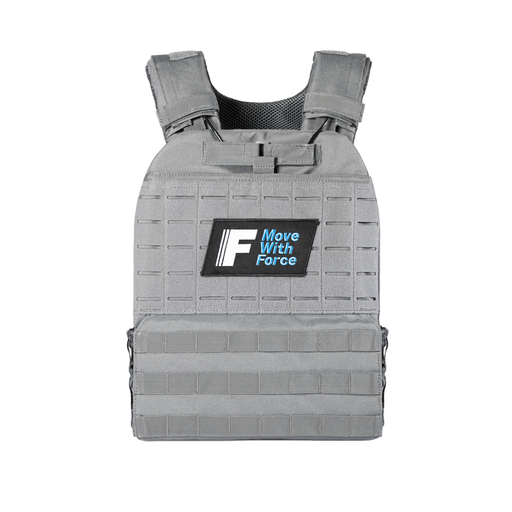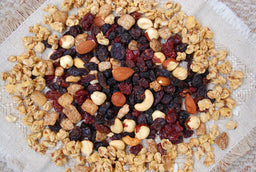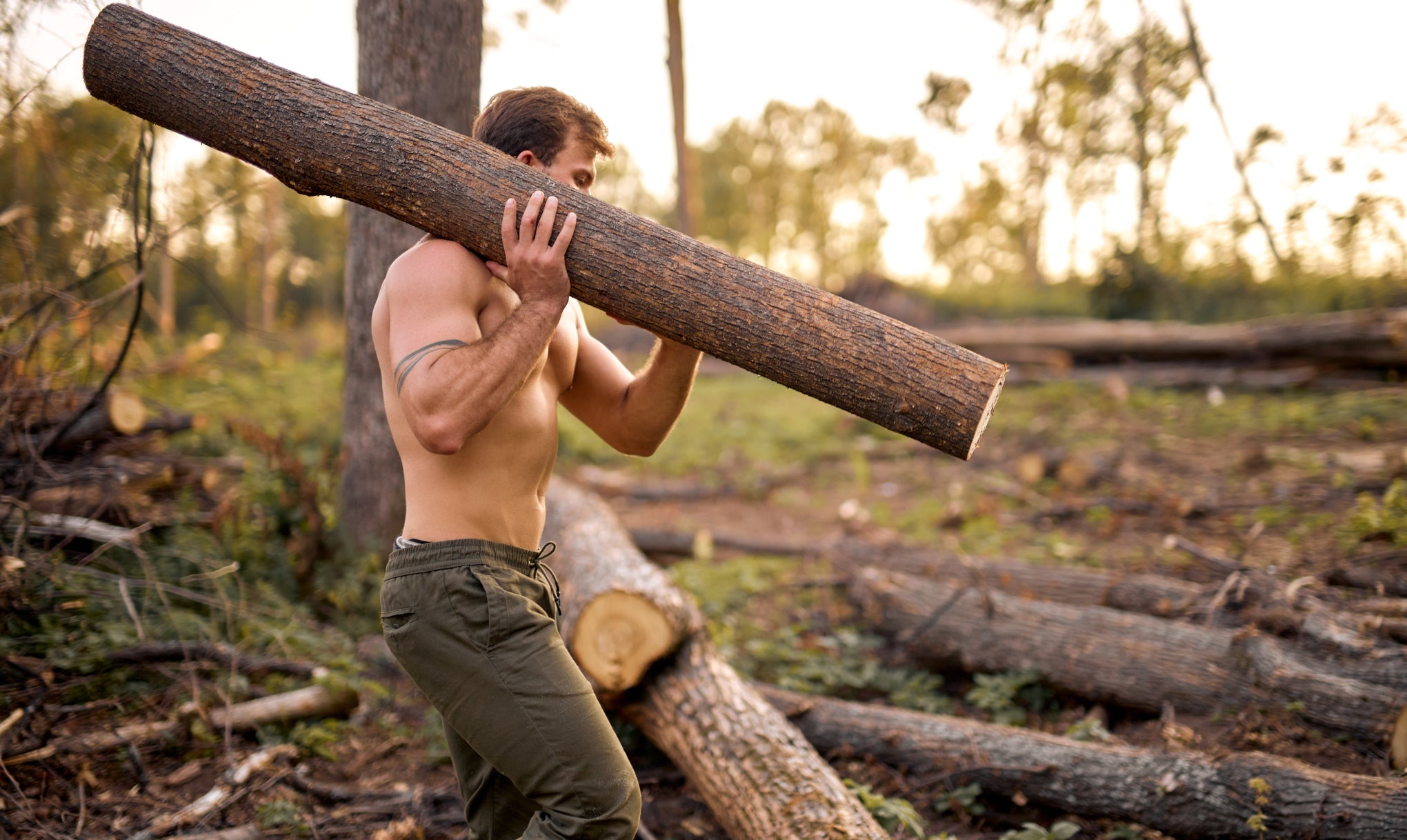
Train to Be Useful: Why Function Beats Vanity Every Time
Most people train to look good. To burn fat, build abs, flex on holiday. But here’s a better reason to train: to be useful. To be someone others can rely on when things go sideways. To be strong, fast, and capable, not just for your own ego, but for the people who depend on you.
At Force Fitness, we’re not here for mirror muscles. We’re here to build humans who can handle real-world problems. Whether you're a parent, a partner, or just someone who doesn’t want to be a liability in a crisis, training for utility changes everything.
Strength Isn’t for Show
Can you carry an injured person out of harm’s way? Can you lift your child and hold them for 20 minutes straight? Could you sprint to safety with a heavy rucksack on your back?
If the answer is no, ask yourself what you’re training for.
Functional strength isn't about perfect symmetry or isolated curls. It's about full-body, compound, load-bearing movements. Think sandbag carries, deadlifts, sled drags, pull-ups with weight, and bodyweight circuits under fatigue. These are the skills that transfer to life.
Military and special forces don’t train to pose. They train to perform under pressure, under load, with no margin for error. You don’t need to go to war to benefit from that philosophy. Whether you’re dragging pallets in a warehouse, piggybacking your toddler through an airport, or helping someone after a car crash, it pays to be strong and useful.
Endurance That Matters
You don’t need a marathon medal to have real-world endurance. What you need is the capacity to move for long periods under strain. Rucking. Hill sprints. Stair climbs with weight. Shuttles. Workouts that get you ready for whatever life throws at you—because it will.
Endurance isn't just physical either. It's mental. It’s being able to grind through discomfort when others check out. The military calls it grit. We just call it training hard enough that the rest of life feels easier.
You should be able to:
-
Run a mile flat out if needed.
-
Go all day with a loaded backpack.
-
Breathe through the burn and keep going when it counts.
That’s what real endurance looks like. It’s not pretty. It’s not glamorous. But it’s what gets you—and others—home.
Power and Speed: Your Emergency Toolkit
Most emergencies happen fast. You either react or you don’t.
Could you sprint 100 meters in an emergency? Jump a fence? Chase down your runaway dog or child? Explosive strength and fast-twitch power aren't just for athletes, they’re essential tools in your human toolkit.
Power training should be part of your weekly plan. Things like:
-
Box jumps
-
Medicine ball slams
-
Short-distance sprints
-
Kettlebell swings
-
Burpees and jump squats under fatigue
This isn't just gym work—it’s life insurance. It’s the difference between standing by and stepping up.
Mobility and Resilience: Built, Not Given
There’s no point being strong if you can’t move well.
Joint integrity, spinal mobility, and shoulder health are what keep you in the game. Injuries take people out more often than weakness does. A torn rotator cuff. A knee that won’t bend when it matters most.
That’s why we program mobility, loaded stretching, and active recovery. You’re not just building strength. You’re building a body that holds up under pressure.
And yes, resilience goes beyond the physical. Can you stay calm when your kid’s screaming, your car breaks down, and the world’s on fire? Good. That’s training, too.
Training Like a Soldier, Living Like a Civilian
The military trains for worst-case scenarios. You don’t need to be in uniform to steal their playbook.
Tactical-style training doesn’t mean you’re prepping for combat. It means you’re preparing to move fast, lift heavy, and stay sharp under stress. It’s about readiness. Situational awareness. Strength under fatigue. Controlled aggression when it counts.
What does that look like?
-
Ruck workouts with odd weights and terrain
-
Complex circuits mixing push, pull, carry, and run
-
Drills with minimal rest and maximum focus
-
Decision-making under physical stress
You don’t need to enlist. You just need to train like someone who gives a damn.
Being Useful Starts at Home
We talk about battlefield readiness, but most of your missions will happen in daily life.
Your family. Your community. Your team at work. Your kids. Your partner. That’s your unit. And they need you operating at full capacity.
Being useful means:
-
Lifting the heavy suitcase when it counts
-
Staying calm when others panic
-
Carrying your kid across a flooded field or down a mountain trail
-
Fixing what’s broken
-
Leading from the front
It doesn’t matter what you look like doing it. It matters that you can.
Usefulness Over Aesthetics: The Mindset Shift
Vanity fades. Usefulness doesn’t.
We’re not saying you won’t look better from training this way—you will. But it’s a byproduct, not the goal. The mission is to build a body that earns its keep. One that can push, pull, lift, drag, run, climb, and keep going.
Train like it matters. Because one day, it might.
Built to Be Useful
Every product we design at Force Fitness, every vest, every sandbag, every plan—is made for people who train to be more than average. More than aesthetic. More than fragile.
We make gear for people who carry the load. For those who protect, support, and serve. For parents. For leaders. For everyday heroes who want to be ready.
Your body is the ultimate training tool. Make it useful.





